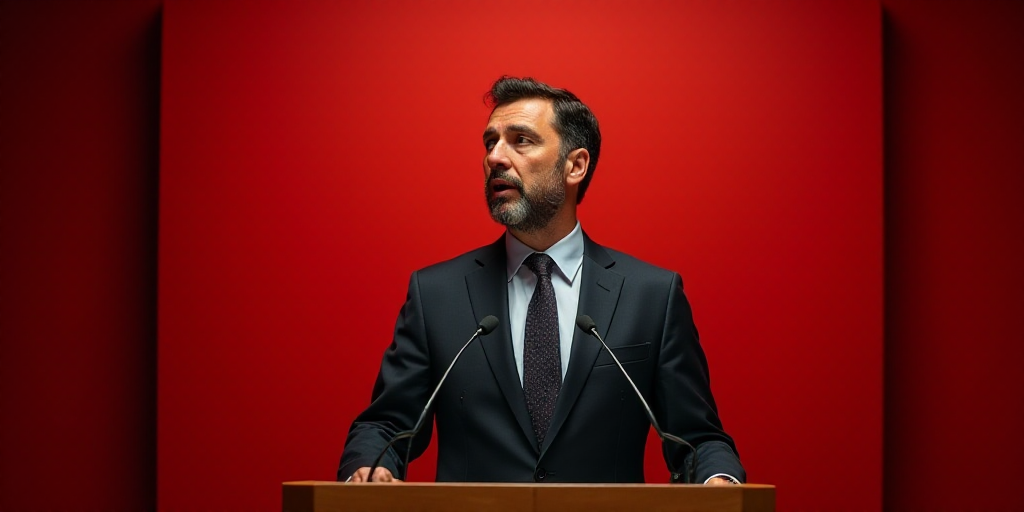Understanding the Extent of Informal Housing in Mexico
Mexico’s housing informality issue reflects a structural phenomenon that has accompanied urban growth for decades. According to an analysis by the National Institute of Sustainable Land (Insus), there are approximately 24 million potentially irregular buildings in the country.
Of these, 93.5% correspond to purchases without regularization, while 6.5% are land invasions. However, only 63% of these constructions can be regularized, with the rest located in high-risk areas or subject to legal restrictions, such as being in protected natural areas.
The Role of José Alfonso Iracheta Carroll and the Insus
José Alfonso Iracheta Carroll, the Insus’s general director, highlights that this problem stems from inadequate conditions in cities for incorporating affordable housing for low-income families.
“A family from the lowest three income deciles has no possibility of accessing formal housing within a city. Market conditions are inaccessible. In some cases, up to 50% of the population is excluded from urban areas, and their only option is to settle in an informal area,” Iracheta explained during a meeting with the National Council of State Housing Agencies (Conorevi).
Lack of Secure Tenure and Limited Access to Services
The immediate consequence of this expansion is the lack of legal certainty, along with the absence of essential services like water, drainage, and electricity. According to the National Household Income and Expenditure Survey (Enigh) 2024, 7 million housing units in Mexico lack title deeds, accounting for 26% of the total housing stock.
This shortage not only limits property security but also restricts access to basic services, home loans, or social support programs. Despite this, the Insus plans to carry out 700,000 regularization actions during the six-year term as part of the “Housing for Well-being” program.
Regularization Without Encouraging Informality
Dulce María Franco Pérez, the Insus’s director of Planning and Project Evaluation, emphasizes that regularization cannot be an isolated policy.
“Isolated public interventions encourage irregular growth, as they do not solve the problem but instead motivate its continuation. Currently, the Insus is working not only on legal certainty but also on adequate housing policies to ensure that settlements have access to essential services,” Franco explained.
However, she cautioned that these actions should prevent unintended consequences in the real estate market, such as excessive property value increases.
Urban Planning for the Future
To prevent irregularity from recurring, the Insus promotes a land management program that involves all levels of government.
“We are identifying growth-potential zones and working with local governments to create conditions for this land to be utilized in urban development projects, including housing, economic activities, infrastructure, and public spaces with urban planning,” Iracheta stated.
Key Questions and Answers
- What is the extent of housing irregularity in Mexico? There are approximately 24 million potentially irregular buildings in Mexico, with only 63% eligible for regularization.
- Who is José Alfonso Iracheta Carroll, and why is he relevant? José Alfonso Iracheta Carroll is the general director of the Insus, who highlights the issue of inadequate urban conditions for affordable housing.
- What are the consequences of housing irregularity? Consequences include lack of legal certainty, absence of essential services, and limited access to basic services, home loans, or social support programs.
- What is the Insus’s plan to address housing irregularity? The Insus plans to carry out 700,000 regularization actions during the six-year term as part of the “Housing for Well-being” program.
- How does the Insus prevent unintended consequences in the real estate market? The Insus promotes urban planning that involves all levels of government to create conditions for land utilization in sustainable urban development projects.






